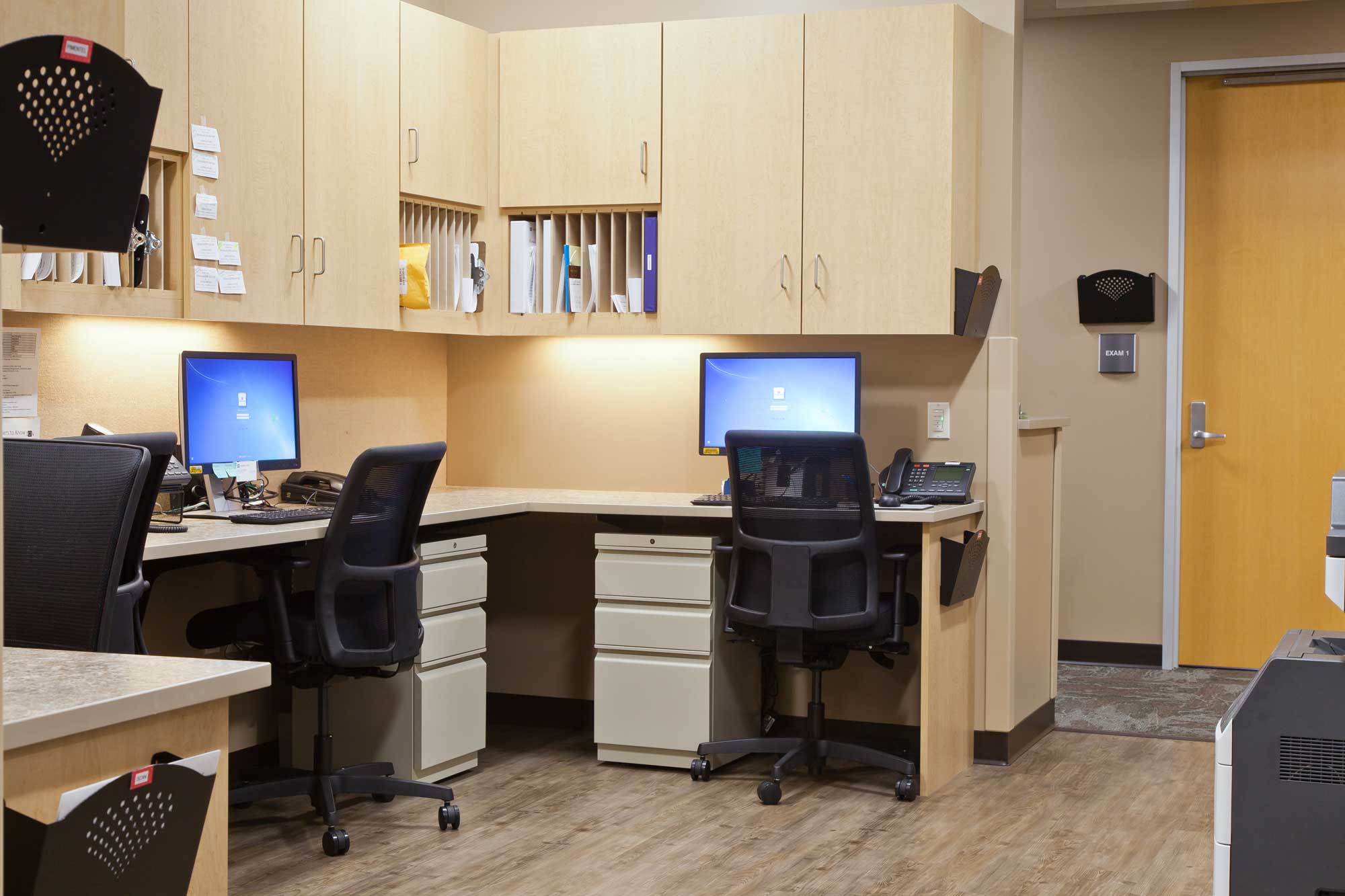

Scrap metal recyclers use these instruments to verify elements of interest in virtually all types of metal alloys, from trace levels to commercially pure metals. (Note that X-Rays are too weak to trigger a fire or explosion.) These “fingerprints” are distinct for each element, making handheld XRF analysis an excellent tool for quantitative and qualitative measurements.

Each of the elements present in a sample produces a set of characteristic fluorescent X-rays, or “unique fingerprints”. Handheld XRF analyzers work by measuring the fluorescent (or secondary) X-rays emitted from a sample when excited by a primary X-ray source. XRF is a non-destructive analytical technique used to determine the elemental composition of materials. For example, handheld X-ray fluorescence (XRF) can identify the chemical composition of spent batteries, enabling manufacturers to separate and recover valuable materials like lithium, cobalt, and nickel, and the others named above.
Unity point lab generator#
For these reasons, it can be difficult for a generator to identify which of its waste Li-ion batteries are defined as hazardous waste when disposed.”Īnalytical technologies can play a crucial role in making battery recycling more efficient and cost-effective. In addition, some discarded Li-ion batteries are more likely to have hazardous properties if they contain a significant charge, yet such batteries can appear to the user to be completely discharged. The EPA warns: “Lithium-ion batteries with different chemical compositions can appear nearly identical yet have different properties. “Mining” those critical elements, however, can be a challenge because those elements are usually attached to other materials in various products and mixed in with other metals at the recycling facilities. These factors point to more ‘’urban mining” being utilized to save landfill space and turn batteries into revenue by recycling target elements, such as: Nickel, Cobalt, and Manganese from the black mass + type of cathode material Copper and Aluminum from residue from substrate foils Iron from casing or Lithium Iron phosphate and High Performance Materials from Lithium Iron phosphate materials. The International Energy Agency, for example, estimates that electric vehicles produced in 2019 alone generated 500,000 tons of LIB waste, and the total amount of waste generated by 2040 could be as much as 8 million tons.” Adding to the recycling difficulty, LIBs are complicated structures comprising one of five common cathodes, an anode, electrolyte, a separator, and current collectors along with packaging …. The American Chemical Society reports that “Explosive growth in EV numbers combined with the sheer sizes of their batteries (Tesla Model 3 Long Range’s battery contains 4416 cells and weighs 480 kg), (13) significant LIB waste is and will be generated every year which, if not recycled and reused, will exert massive environmental impacts and accelerate the depletion of mineral reserves.

However, the supply of these minerals is limited, and there is a growing concern about the environmental and social impacts of mining. According to a report by the International Energy Agency, the demand for these minerals could increase by more than 40 times over the next 20 years. The growing demand for lithium-ion batteries (LIB) is driving the need for critical battery minerals like lithium, cobalt, and nickel. It helps to reduce the environmental impact of mining and reduces our reliance on new sources of raw materials. Battery recycling is an essential component of a sustainable battery manufacturing ecosystem.


 0 kommentar(er)
0 kommentar(er)
